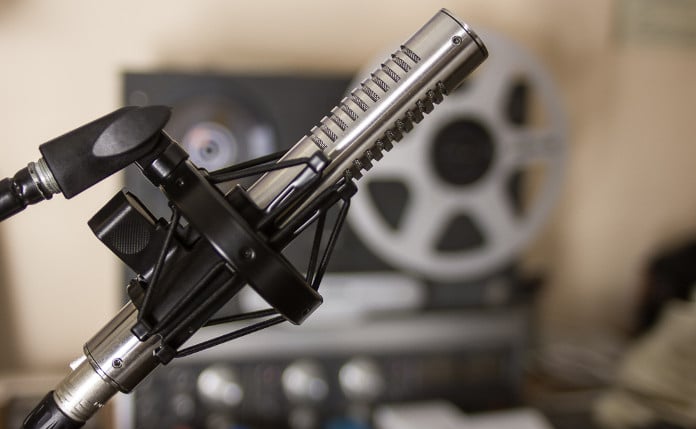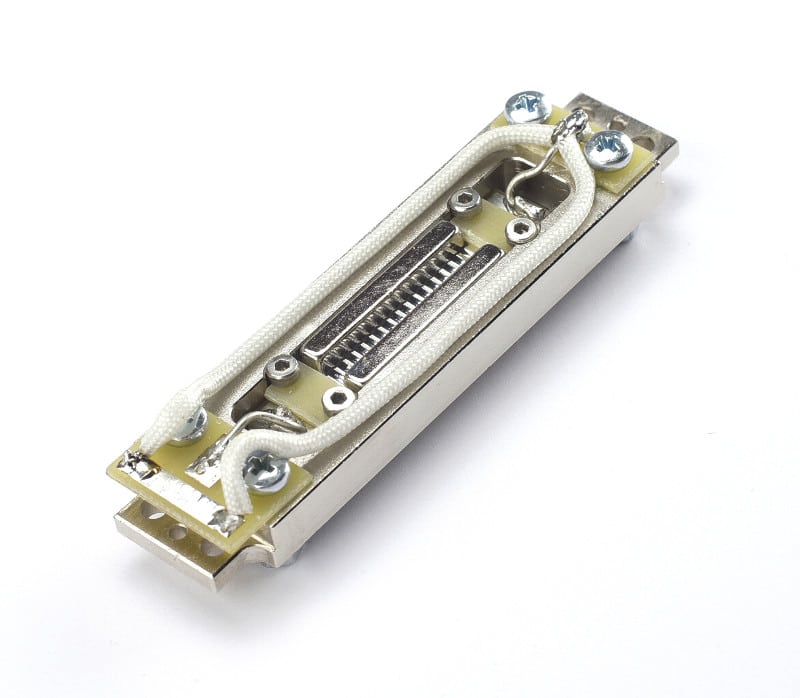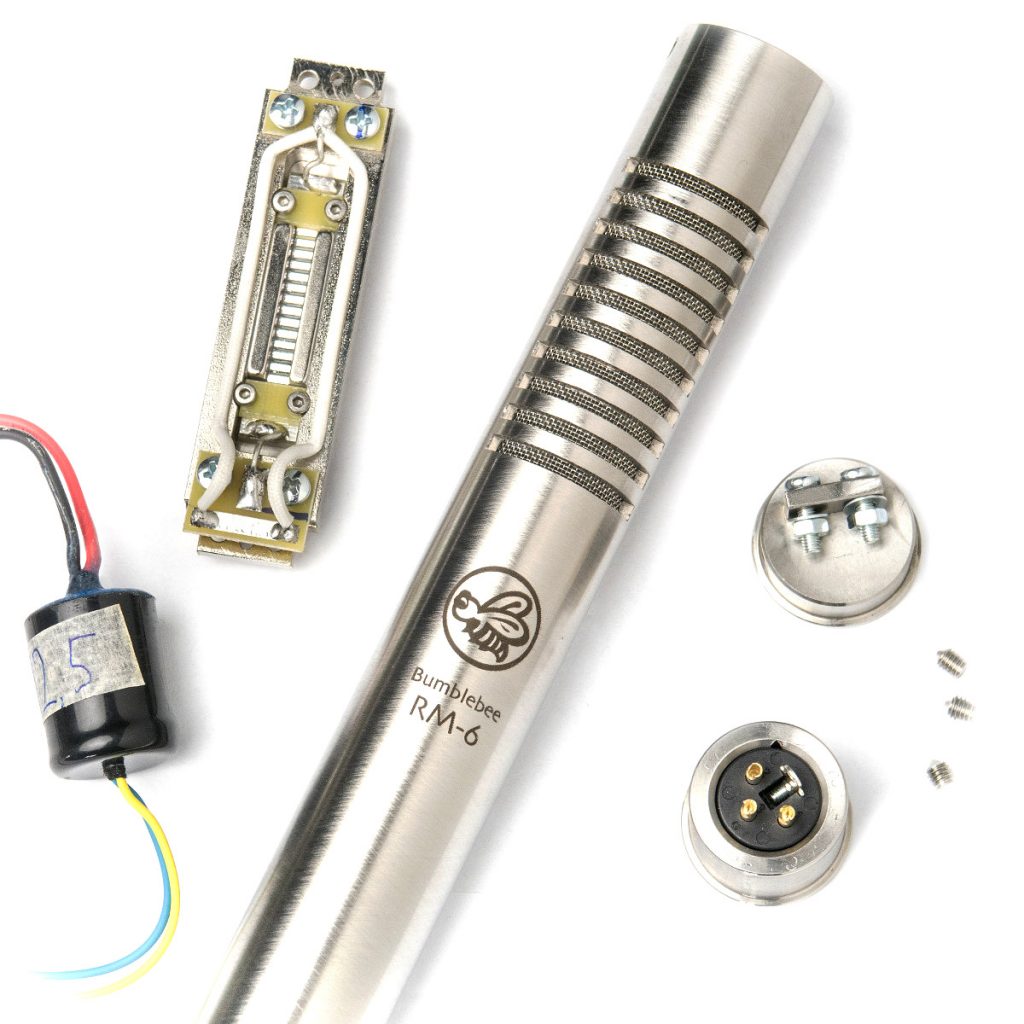What is a Ribbon Microphone and How It Works
- Author: Artur Fisher
- Published: March 28, 2017
- Updated: January 19, 2024
As you are most likely aware, there are several microphone types that can be used for music production and general audio recording. The most widespread types are condenser and dynamic microphones. Ribbon microphones were used to be more of a niche type, but now they are becoming more and more popular due to their unique sonic properties. So, here is a brief overview of what is a ribbon microphone and how it works.

Ribbon Microphone Motor
The most important part of every microphone is its transducer. It is the very first element in a long chain of electronic circuits, a part that actually converts the energy of a sound wave into the electric signal. A ribbon microphone transducer generates the signal by using a pair of permanent magnets and a band of a very thin aluminum foil suspended between them. This aluminum band is called “ribbon”, thus the name – “ribbon microphone”. Now, how it happens. From the basic physics we know that moving any type of conductor in the static magnetic field generates the electric current in this conductor. This effect is called electromagnetic induction.

So, the idea of a ribbon microphone is rather simple. A ribbon made from very thin aluminum foil gets corrugated (shaped for elasticity) and placed between two permanent magnets. The ribbon is usually 1 – 4 microns thick. Yes, it is 0.001 – 0.004 millimeters! The sound causes this extremely lightweight ribbon to vibrate. The movement of the metal in magnetic flux generates the electric current. This effect creates the electric analog of acoustic waveform. That’s why we call it “analog audio”, by the way. This assembly of an aluminum ribbon and permanent magnets is called “ribbon microphone motor”.

Ribbon Microphone Transformer
The audio equipment is voltage driven, but the output voltage of such ribbon motor assembly is extremely low – typically tens of microvolts. So, we need to raise it somehow in order to have a reasonably low noise floor. Good for us, there is a perfect solution – a transformer. Transformer does exactly what is required – converts current to voltage (or vise versa if needed), e.g. provides voltage gain in our case. Moreover, contrasting to active circuitry, transformers don’t add the noise to the system. That’s why transformer is a perfect “amplifier” for ultra-low signal levels.

A ribbon microphone transformer is a very complicated separate topic. Obviously, the details are outside the scope of this article. But, in simple terms, a ribbon microphone transformer raises the motor output voltage, normally by 28 – 40 times (29 – 32 dB). As a result, we have a usable audio signal. Still not too high, but enough for normal work. This signal can be fed directly into the preamp and no extra tweaking is needed. In classical ribbon microphones the output of a transformer is connected right to the output XLR of a microphone. Usually, a transformer is packed in a can and sometimes is molded with epoxy or wax for security.
What is a Ribbon Microphone – a Short Summary
So, what is a ribbon microphone – in very simple words: a ribbon microphone consists of aluminum ribbon fixed between permanent magnets (ribbon motor assembly) and a step-up transformer connected to this ribbon. Just two parts. See the picture below – these are actually all the parts of a fully functional ribbon microphone assembly with a body. Seems simple, but in real world these two parts are rather complicated to design if you want them to perform well. Moreover, crafting them is even more difficult.

Ribbon microphone assembly process requires very skilled hands well-trained for the job. Every ribbon must be corrugated (shaped), installed and tuned manually to obtain the proper performance. Remember, the average thickness of these ribbons is about 2 microns. It is approximately 25 times thinner than a human hair. So, obviously, this work is very time and labor consuming. Moreover, large percentage of assembled motors don’t pass the quality control after settling (assuming proper quality control, of course!) and get returned to the beginning of the cycle for re-ribboning. Seems frustrating? Oh, yes, it is! Until you get used to it.
Hope that you have a basic idea of what is a ribbon microphone now!
